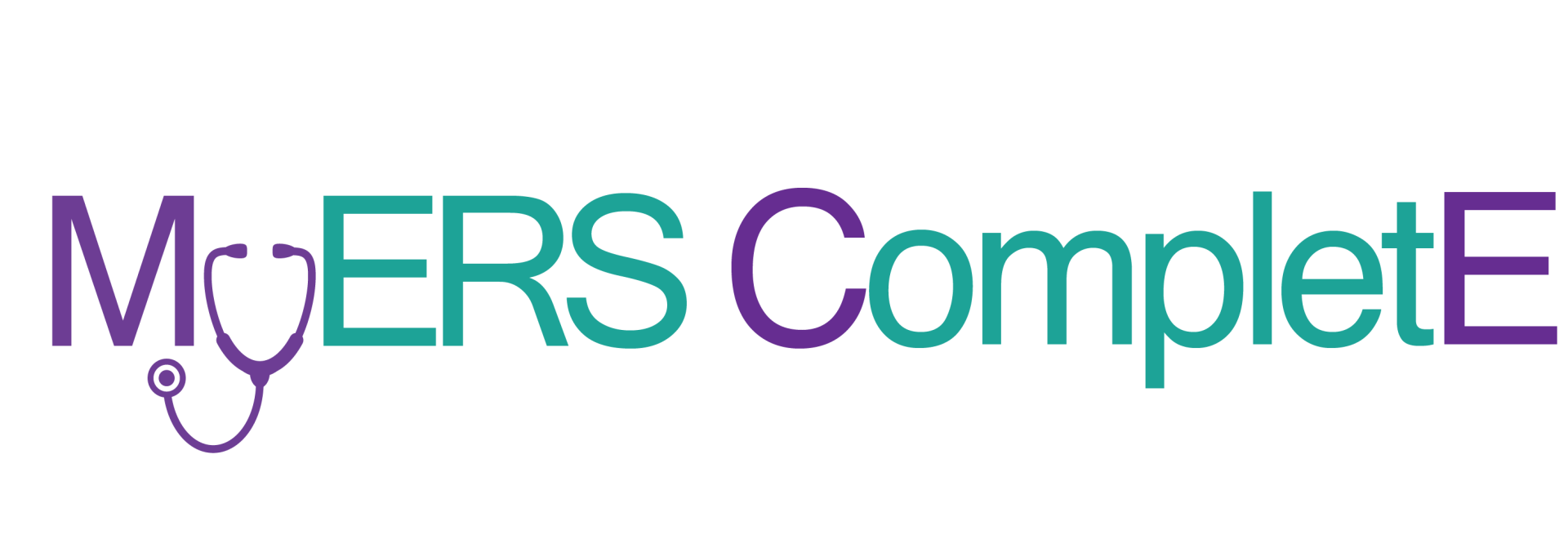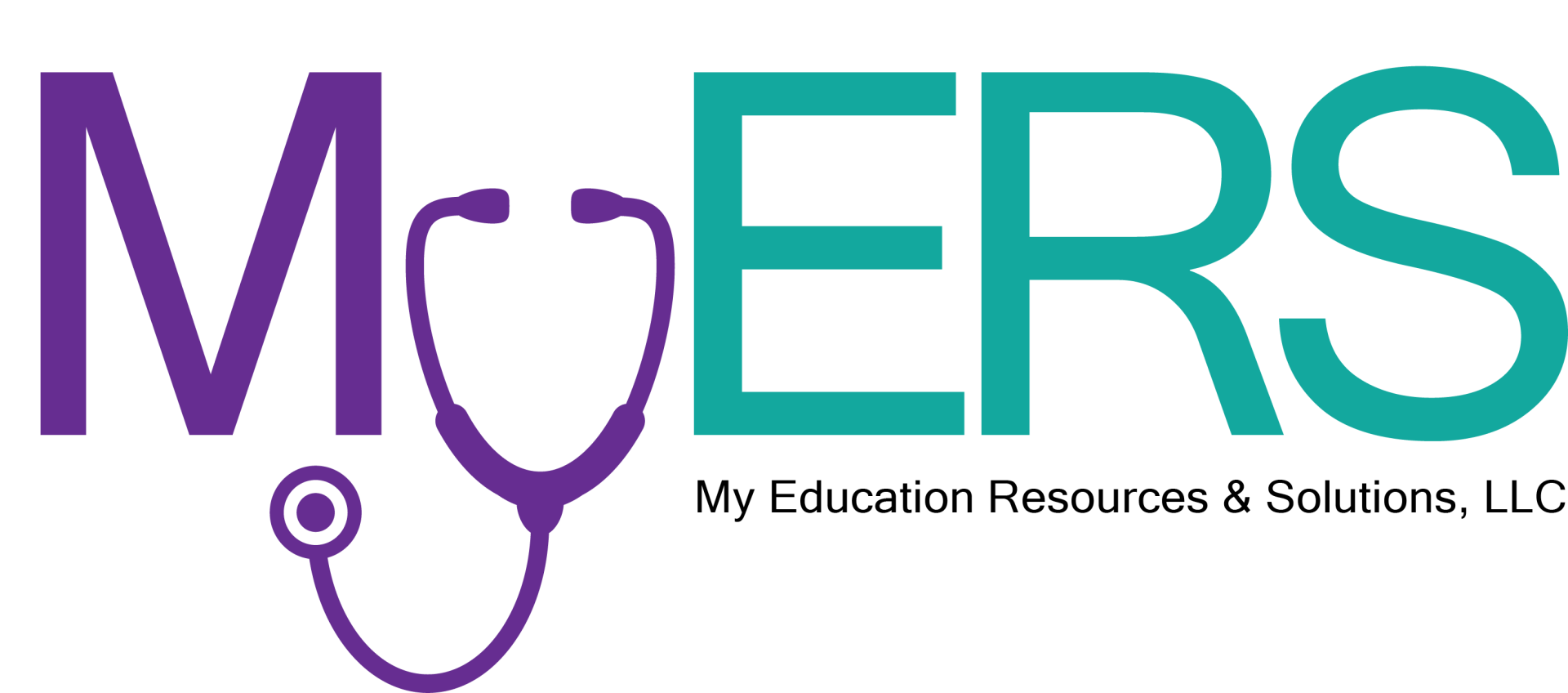The Aging Nurse Workforce: Addressing the Retirement Crisis
Sep 5

The Aging Nurse Workforce
Addressing the Retirement Crisis
The nursing profession faces a significant demographic challenge that will reshape healthcare delivery over the next decade. According to the most recent data from authoritative sources, the nursing workforce is aging, and healthcare organizations must prepare for substantial changes in staffing patterns and knowledge transfer needs.
Current Workforce Demographics
The National Council of State Boards of Nursing’s 2022 and 2024 National Nursing Workforce Surveys paint a stark picture of the profession’s future. The 2022 survey revealed a median age of 46 years for registered nurses (RNs), a sharp drop from 2020, signaling the rapid exit of seasoned nurses post-COVID. By 2024, the median age rose slightly to 50 years, showing relative stability but masking a deeper crisis: nearly 40% of nurses reported plans to retire or leave within five years. With the potential for over a million RNs to exit the workforce by the end of the decade, the loss of experienced clinicians poses a significant threat to healthcare delivery.
The Bureau of Labor Statistics projects that employment of registered nurses will grow 6% from 2022 to 2032, faster than the average for all occupations. However, this growth must occur alongside replacing nurses who retire from the workforce.
Understanding the Retirement Timeline
While exact retirement projections vary depending on economic conditions and individual choices, demographic data suggests that a substantial portion of the current nursing workforce will become eligible for retirement over the next 10-15 years. This creates planning challenges for healthcare organizations that must prepare for knowledge transfer and succession planning.
The timing of these retirements is influenced by multiple factors including Social Security eligibility, pension benefits, healthcare coverage, and job satisfaction levels. The COVID-19 pandemic's impact on nursing burnout and early retirements has added complexity to traditional retirement projections.
The Experience and Knowledge Gap
Healthcare organizations consistently report challenges when experienced nurses retire, particularly in specialized areas requiring extensive training and mentorship:
Specialty Areas: Units like oncology, cardiology, and neurology require both technical expertise and the emotional intelligence to support patients with serious diagnoses.
Critical Care Units: New graduates typically require 12-24 months to develop competency in intensive care settings, compared to experienced nurses who can simultaneously manage complex patients and mentor newer staff.
Emergency Departments: Pattern recognition skills that experienced emergency nurses use to quickly assess patient conditions develop over years of practice and cannot be easily transferred through traditional training methods.
Operating Rooms: Surgical nursing requires specialized knowledge about complex procedures and the ability to anticipate surgeon needs, skills that experienced OR nurses have developed through years of practice.
Specialty Areas: Units like oncology, cardiology, and neurology require both technical expertise and the emotional intelligence to support patients with serious diagnoses.
Regional and Setting Variations
The impact of nurse retirements varies significantly by geographic region and healthcare setting:
Urban Teaching Hospitals: Large academic medical centers often have more resources for extended orientation programs and formal mentorship, but they also rely heavily on experienced nurses to precept students and new graduates.
Long-term Care Facilities: These settings often employ experienced nurses who may stay in their positions longer than those in acute care, but face their own succession planning challenges.
Rural Areas: The National Rural Health Association reports that rural hospitals face particular challenges in both recruiting new nurses and retaining experienced staff. When experienced nurses retire from rural facilities, the knowledge loss can be disproportionately impactful.
Urban Teaching Hospitals: Large academic medical centers often have more resources for extended orientation programs and formal mentorship, but they also rely heavily on experienced nurses to precept students and new graduates.
Long-term Care Facilities: These settings often employ experienced nurses who may stay in their positions longer than those in acute care, but face their own succession planning challenges.
Educational System Challenges
The nursing education system faces parallel challenges to the clinical workforce:
According to the American Association of Colleges of Nursing's 2024 data, nursing schools continue to turn away qualified applicants due to faculty shortages and limited clinical training sites. The average age of nursing faculty remains in the mid-50s, suggesting that nursing education will face its own retirement wave.
This creates a bottleneck effect where the education system struggles to increase graduate numbers just as healthcare demand is growing and experienced nurses are retiring.
Technology Integration Challenges
Today's healthcare environment requires nurses to work with sophisticated electronic health records, smart medical devices, and decision support systems. This creates interesting dynamics between generations:
Experienced Nurses: May need additional training on new technologies but bring clinical judgment about when technology outputs should be questioned.
New Graduates: Often comfortable with technology but may lack the experience to recognize when systems are providing misleading information.
Successful healthcare organizations are finding ways to leverage both technological comfort and clinical experience through mentorship and collaborative care models.
Organizational Response Strategies
Healthcare facilities are implementing various approaches to address workforce transitions:
Extended Orientation Programs: Some organizations have lengthened new graduate orientation from traditional 6-12 week programs to 6 months or longer.
Formal Mentorship Programs: Structured programs that pair experienced nurses with newer staff provide ongoing support beyond initial orientation.
Phased Retirement Options: Some facilities offer part-time or consulting arrangements to retain experienced nurses in reduced roles.
Knowledge Capture Initiatives: Organizations are developing formal processes to document and transfer the expertise of experienced nurses before they retire.
Financial Considerations
Workforce transitions create financial pressures for healthcare organizations:
Recruitment Costs: Finding and hiring new nurses involves advertising, interviewing, and administrative expenses.
Training Investments: New graduates require significant educational investment before reaching full productivity.
Temporary Staffing: Organizations often rely on premium-priced agency nurses during transition periods.
Productivity Gaps: The time required for new nurses to reach experienced-level productivity affects overall unit efficiency.
Supporting New Graduates
Research consistently shows that new graduate nurses benefit from structured support systems:
Realistic Expectations: Providing honest information about the challenges new graduates will face helps set appropriate expectations.
Gradual Responsibility Increase: Slowly building patient complexity and assignment size allows new nurses to develop confidence.
Mental Health Resources: Access to counseling and stress management support helps new nurses cope with the emotional demands of nursing practice.
Career Development Planning: Clear pathways for advancement help retain new graduates and build long-term workforce stability.
Innovation and Adaptation
Some organizations are addressing workforce challenges through process improvements:
Team-Based Care: Restructuring care delivery to optimize the use of different skill levels within nursing teams.
Standardized Protocols: Clear procedures help new nurses provide safe care while building experience.
Technology Optimization: Using technology appropriately to support nursing decision-making without replacing clinical judgment.
Professional Development Opportunities
The workforce transition creates opportunities for career advancement:
Leadership Development: Experienced nurses can transition into formal leadership roles that leverage their clinical expertise.
Education Careers: Clinical nurses can move into teaching positions to help prepare the next generation.
Specialized Roles: New positions in quality improvement, informatics, and care coordination provide career options for experienced nurses.
Leadership Development: Experienced nurses can transition into formal leadership roles that leverage their clinical expertise.
Education Careers: Clinical nurses can move into teaching positions to help prepare the next generation.
Specialized Roles: New positions in quality improvement, informatics, and care coordination provide career options for experienced nurses.
Looking Forward
The nursing retirement crisis represents a pivotal moment for the profession. While the challenges are significant, they also present opportunities to reimagine nursing practice, education, and career development. Success will require coordinated efforts from healthcare organizations, educational institutions, professional associations, and policymakers.
The solutions are complex and multifaceted, requiring investment in both immediate stopgap measures and long-term strategic planning. Organizations that proactively address the experience gap through comprehensive support systems, technology integration, and innovative practice models will be better positioned to provide safe, effective patient care during this transition period.
The nursing profession has weathered many challenges throughout its history. The current retirement crisis, while significant, is also an opportunity to strengthen the profession's foundation for the future. By supporting new graduates, retaining experienced nurses, and implementing innovative care models, healthcare can navigate this demographic transition while maintaining the high standards of care that patients deserve.
The question isn't whether the nursing workforce will age and retire—that's inevitable. The question is how well we prepare for this transition and support the next generation of nurses who will carry the profession forward.
Contact
-
My Education Resources and Solutions, LLC
-
PO Box 39566
Greensboro, NC 27438 -
hello@myerscomplete.com
-
(336) 988-7076
Become a member
Your gateway to advanced, cloud-based CE solutions.

